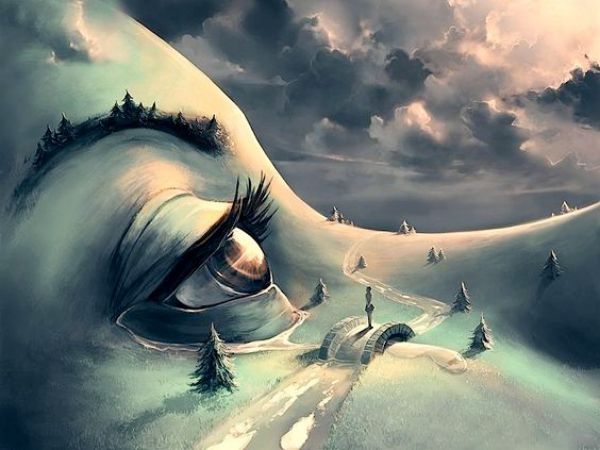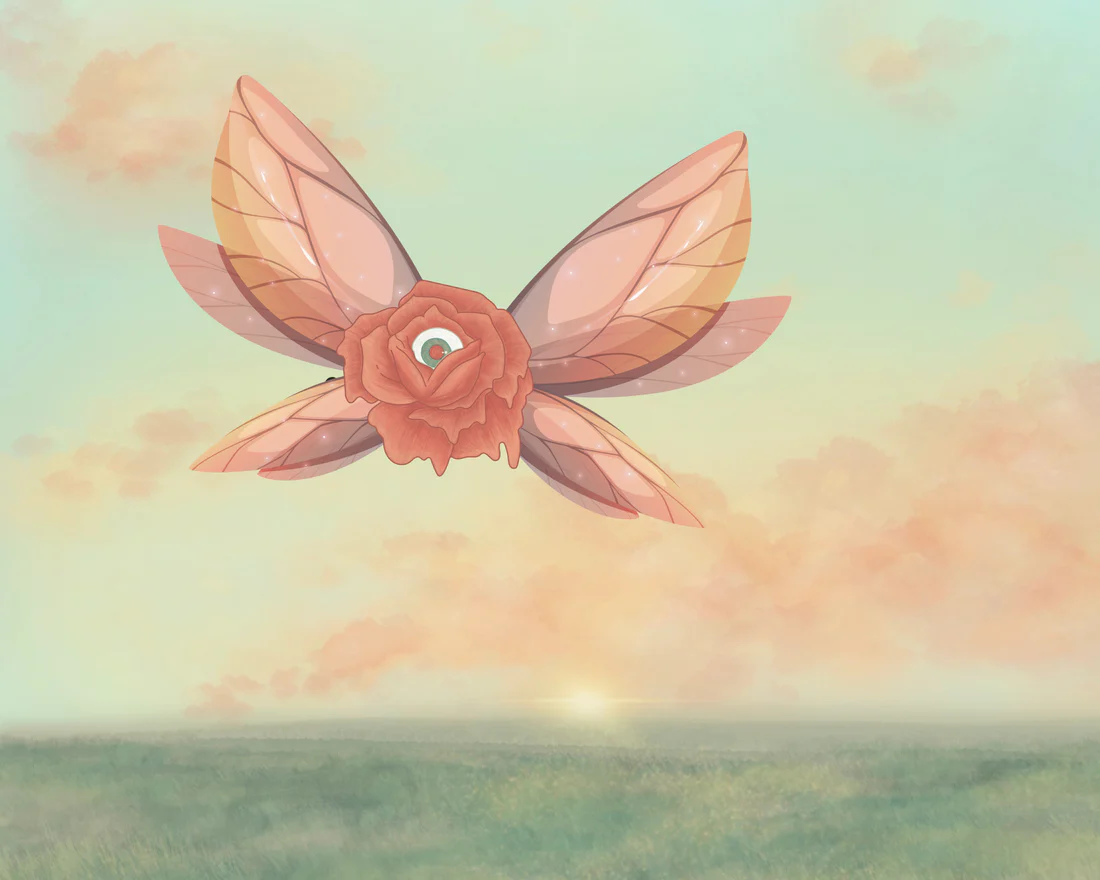Surrealism is more than just an art movement; it’s a journey into the depths of the human psyche, a realm where reality merges with the fantastical, and dreams take center stage. Originating in the early 20th century, Surrealism has left an indelible mark on art, literature, film, and even fashion, captivating audiences with its enigmatic imagery and profound exploration of the unconscious mind.

Origins and Background
Early Influences
Surrealism emerged as a response to the tumultuous social and political landscape of the early 20th century. Influenced by the works of Sigmund Freud and Carl Jung, Surrealist artists sought to tap into the hidden recesses of the human mind, exploring themes of desire, fear, and the subconscious.
Birth of Surrealism
The term “Surrealism” was coined by the French writer and poet André Breton in his “Surrealist Manifesto” of 1924. Breton, along with fellow artists and intellectuals, sought to liberate the creative process from the constraints of rational thought, embracing spontaneity and the irrational.
Key Characteristics of Surrealism
Dream-like Imagery
At the heart of Surrealism lies the juxtaposition of seemingly unrelated objects and ideas, creating dream-like landscapes that defy conventional logic. Surrealist artists often drew inspiration from their own dreams and fantasies, blurring the line between reality and imagination.
Automatism
Central to Surrealist practice is the technique of automatism, in which artists bypass conscious thought and allow their subconscious to guide the creative process. This results in spontaneous, uninhibited works of art that reveal the inner workings of the mind.
Unconscious Mind Exploration
Surrealism seeks to unravel the mysteries of the unconscious mind, delving into the realm of symbolism, metaphor, and hidden meaning. Through their art, Surrealist artists aim to provoke thought, challenge perceptions, and evoke deep emotional responses from the viewer.
Prominent Surrealist Artists
Salvador Dalí
Perhaps the most iconic figure of Surrealism, Salvador Dalí’s eccentric style and flamboyant personality captivated audiences around the world. Known for his melting clocks and bizarre landscapes, Dalí pushed the boundaries of traditional art, blurring the line between reality and illusion.
René Magritte
René Magritte’s enigmatic paintings often feature everyday objects in surreal contexts, challenging the viewer’s perception of reality. His works explore themes of identity, perception, and the nature of representation, inviting viewers to question the world around them.
Max Ernst
Max Ernst was a pioneer of Surrealist collage and assemblage, creating fantastical worlds populated by strange creatures and surreal landscapes. His works often explore themes of transformation, metamorphosis, and the unconscious mind, inviting viewers to explore the depths of their own imagination.
Surrealism in Literature
André Breton and Surrealist Manifesto
André Breton’s “Surrealist Manifesto” laid the groundwork for the Surrealist movement, outlining its principles and objectives. Inspired by Freudian psychoanalysis and Marxist philosophy, Breton sought to revolutionize the way we think about art, literature, and the human psyche.
Surrealist Poetry and Prose
Surrealist writers experimented with language, syntax, and narrative structure, creating works that defied traditional literary conventions. From the automatic writing of the Surrealists to the hallucinatory prose of authors like Franz Kafka and Julio Cortázar, Surrealism has had a profound impact on the world of literature.
Surrealism in Film
Luis Buñuel and Salvador Dalí’s “Un Chien Andalou”
Released in 1929, “Un Chien Andalou” is a landmark of Surrealist cinema, featuring a series of disjointed, dream-like sequences that challenge the viewer’s perceptions of reality. Directed by Luis Buñuel and co-written by Salvador Dalí, the film remains a masterpiece of avant-garde filmmaking.
David Lynch’s Influence
Filmmaker David Lynch has cited Surrealism as a major influence on his work, with films like “Eraserhead” and “Mulholland Drive” featuring dream-like imagery and surrealistic themes. Lynch’s unique blend of horror, mystery, and dark humor has earned him a devoted following among fans of Surrealism.
Surrealism in Fashion and Design
Surrealist Fashion Shows
Surrealist fashion designers like Elsa Schiaparelli and Alexander McQueen have drawn inspiration from Surrealist art, incorporating elements of fantasy and illusion into their designs. From Schiaparelli’s iconic lobster dress to McQueen’s surreal runway spectacles, Surrealism continues to influence the world of fashion.
Surrealist Interior Design
Surrealist interior designers like Salvador Dalí and Philippe Starck have transformed ordinary spaces into fantastical realms, blurring the boundaries between art and architecture. From Dalí’s surrealist furniture to Starck’s whimsical hotel interiors, Surrealism has left its mark on the world of design.
Surrealism’s Impact on Modern Culture
Influence on Pop Culture
Surrealism has permeated every aspect of modern culture, from advertising and fashion to music and literature. Its influence can be seen in the psychedelic album covers of the 1960s, the surrealistic films of directors like David Lynch, and the dream-like imagery of contemporary artists like Banksy and Yayoi Kusama.
Legacy in Contemporary Art
Though Surrealism officially ended in the 1950s, its legacy lives on in the work of contemporary artists who continue to explore the boundaries of the unconscious mind. From the fantastical paintings of Mark Ryden to the surrealistic sculptures of Louise Bourgeois, Surrealism remains a powerful force in the world of art.
Conclusion
Surrealism is more than just an art movement; it’s a testament to the power of the human imagination. By delving into the depths of the unconscious mind, Surrealist artists have created works that challenge our perceptions, provoke thought, and inspire wonder. From the dream-like landscapes of Salvador Dalí to the enigmatic paintings of René Magritte, Surrealism continues to captivate audiences around the world, inviting us to explore the mysteries of the human psyche.
FAQs
- What is Surrealism? Surrealism is an artistic and literary movement that emerged in the early 20th century, characterized by its exploration of the unconscious mind and its use of dream-like imagery.
- Who were some of the key figures of Surrealism? Prominent Surrealist artists include Salvador Dalí, René Magritte, and Max Ernst, among others.
- How did Surrealism influence other art forms? Surrealism has had a profound impact on literature, film, fashion, and design, inspiring artists and creators across a wide range of disciplines.
- What is automatism in Surrealism? Automatism is a technique used by Surrealist artists to bypass conscious thought and allow the subconscious mind to guide the creative process.
- Is Surrealism still relevant today? Yes, Surrealism continues to influence contemporary art and culture, with artists and creators drawing inspiration from its themes and techniques
